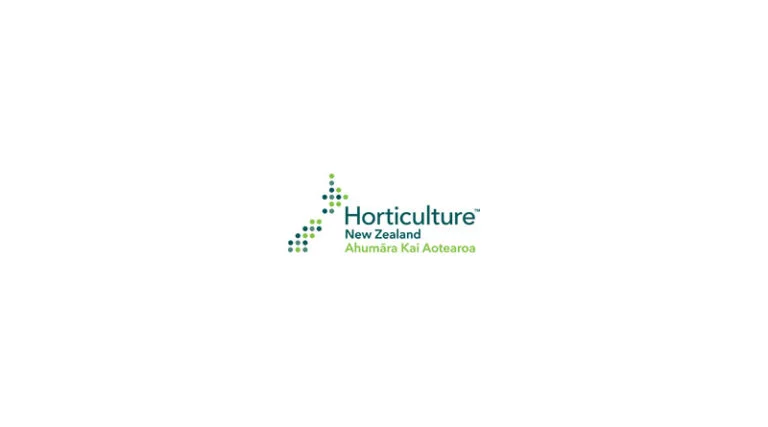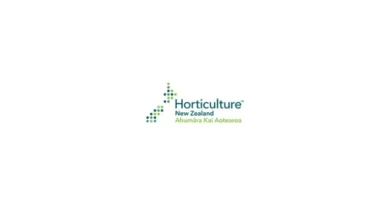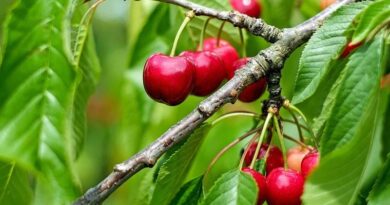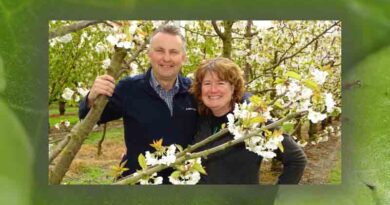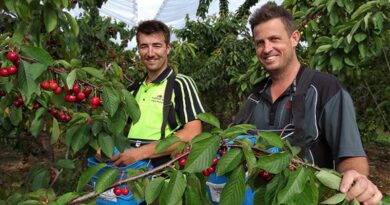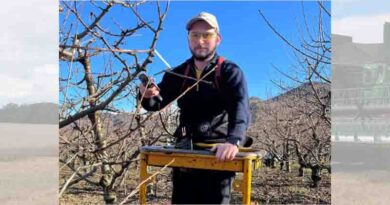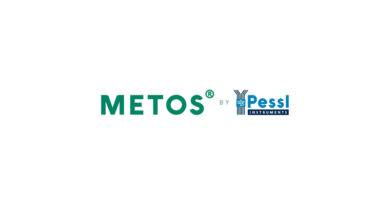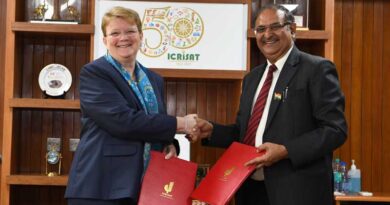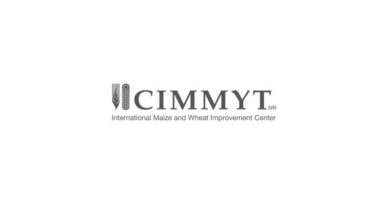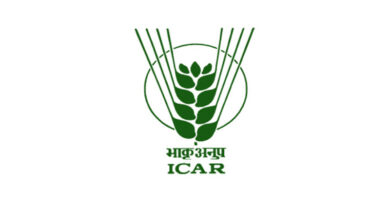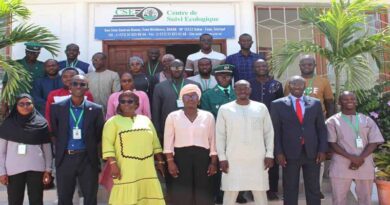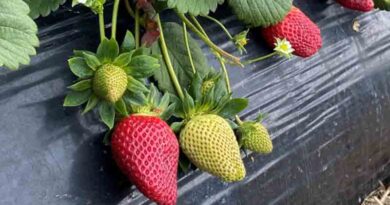Cherry orchardists investing in UFOs
11 October 2023, NZ: When cherry growing advisor Earnscy Weaver first heard United States horticulturalist Dr Matt Whiting speak about UFOs in Tasmania, he knew the American was onto something.
The pair sat up all night after the conference until the small hours, discussing how the technology could be introduced to New Zealand.
“It grabbed me right then and I wanted to take it further.”
That was back in 2010 or earlier, and now the Upright Fruiting Offshoot system and many variations of it, such as FOPS – the Future Orchard Production System – are being used across many new cherry orchards where planar (two-dimensional) canopies are the way forward.
“If we harness their vigour you can have them spaced to follow the light penetration.”
Earnscy has become an experienced advisor on the topic and helped many orchardists plant the UFO system, including close to home in Central Otago and in the Marlborough area.
He has spoken about his work at conferences around Australasia, and has become a strong advocate, and with his wife Irene, growing 2 hectares of cherries under the system on their Springvale lifestyle block.
Earnscy makes it clear he’s not interested in conventional tree systems anymore.
But he is interested in the future, and this extends to mechanisation and robotics, particularly harvesting, where he says the UFO system definitely lends itself, as fruit is much more accessible.
Widespread imaging where orchardists can now measure fruit numbers and size is also leading the way with the future of horticulture, now that crop estimates can literally done right in the paddock.
Although in its infancy, Australian and New Zealand apple growers have already had success with this technology.
However, the Australians have taken the UFO another step, introducing the V-shaped UFO model, and Earnscy believes this has complicated things.
“It’s another option, but I’m all for ‘keep it simple,’ and we don’t need to do it get the yields.”
Cherry growers are no longer aiming for the highest tonnage at the end of the season, but the volume of fruit in the larger sizes.
The UFO system has already proved that cherries will be bigger and there will be a lot more of them, “but that’s not the main driver,” he said.
There is no doubt that cherry costs have gone up significantly, “so if you are only growing the smaller sizes you aren’t going to make it.”
The old theory of ‘big is best and late is great’ has changed somewhat, with more growers wanting production throughout the whole season.
“The later maturing varieties miss Chinese New Year sales when the New Year celebration occurs early in the cycle.”
Earnscy introduced the UFO system to commercial growers 45 South in Cromwell, back in the early days, carrying out trials with chief executive Tim Jones on existing cherry trees.
In the first year, the one row they switched to the new technology didn’t do so well and there was much to learn, admittedly.
“We got most things wrong, but we learnt so much,” he said.
Further trials were carried out on new plantings with covers, and the technology was a huge success. Now 45 South now has some of the oldest UFO plantings in the district, going back to 2010-2012.
“It’s proved itself to be a great system providing consistent yields, reduced rain cracking, and larger fruit, than that for conventional plantings.”
45 South owns and manages over 300 hectares of orchards in the Cromwell area, making it one of the biggest cherry exporters in the country.
Earnscy was on the Summerfruit NZ Research Committee when they underwent trials, and then along came Plant & Food Research developed it further into the FOPS system.
With increased row density and more trees planted per hectare, there is no doubt the UFO and FOPS systems are an investment for growers.
Cherri Global now uses the technology in Roxburgh, Alexandra, Bendigo, and Hawke’s Bay, as does the fully electric, zero carbon Forest Lodge near Cromwell.
In the first two years the work is labour intensive for staff, but the benefits of these planar canopies then start to pay off with only simple pruning requirements. “A bit like paint by numbers,” he said.
The main advantages of planar fruiting walls, through being able to optimise light interception, is being able to produce various fruit types such as apples, pears and plums with reduced labour costs. Platforms can be used therefore no ladder work which attracts a wider range of staff.
They also lend themselves to simpler rain covers and to advanced technology such as imaging, robotics and mechanisation.
The future of horticulture and utilising new growing systems is just the beginning of a new era in the industry, where traditional methods of labour are now being advanced by the new world of technology.
“There are other growing systems being developed both here in New Zealand and offshore which also have potential to change the face of growing cherries and other crops. Albeit we stuck with conventional systems too long, it is great to see the innovation that is coming with the new growing systems and the introduction of scanning technology and mechanisation. It’s a fun time to be a grower.”
Also Read: Brazil senate excludes ag from carbon market bill
(For Latest Agriculture News & Updates, follow Krishak Jagat on Google News)

